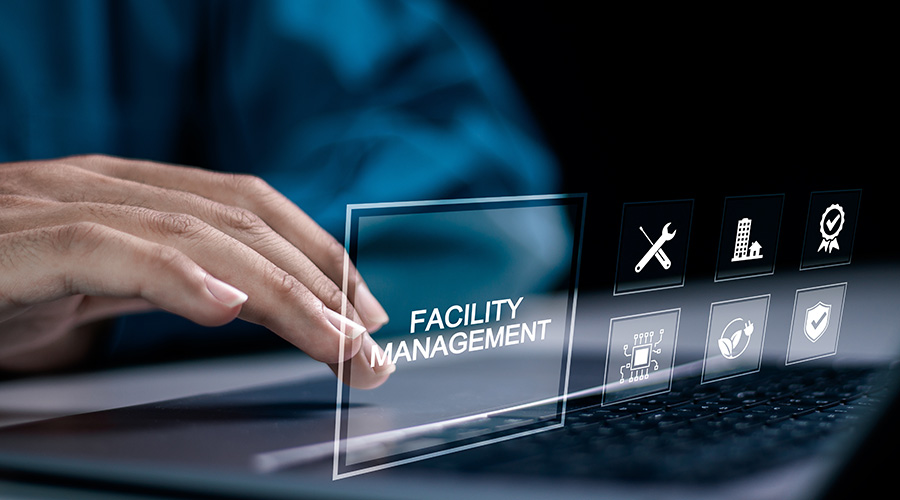How Facility Management Can Use Social Media in Emergency Situations
Through the response to various emergency situations around the country, it is clear that social media also intersects with emergency response. Already familiar with the platforms, the public has used social media to report and gather information on an event as it unfolds and organize response efforts in its wake. "These kinds of technologies are going to be used by those who reside, visit and work in facilities, so the (facility) operators will have to figure out these technologies," says Adam Crowe, director of emergency preparedness at Virginia Commonwealth University. Crowe has written a book about using social media for emergency preparedness.
Twitter lends itself to playing a role in the emergency communication strategy during an event, while Facebook can be more of an educational platform for longer informational posts before or after an event, Crowe says. But facility managers shouldn't consider themselves limited to these. Other platforms to explore are YouTube for posting videos, and Flickr or Pinterest for posting pictures. Facility managers can take a simple short video or quick snapshot, even with their smartphones, showing an evacuation route or the location of the emergency kit and post it, either to be used internally for the building's population or for the benefit of the public — as in a hotel, for instance. "There are lots of tools available so that people can take the pieces of preparedness in little bite-sized pieces that they can handle," Crowe says. "You have to give it to them in pieces that they're going to take and be able to utilize in an actual event."
Social media, when coupled with smartphones and other portable devices, also provides the ability for communication and accountability during an evacuation. Individuals in charge of different areas of refuge could check in and report the status of their location and give or receive an all-clear signal. Special attention needs to be paid to who has control over the social media channel and what the workflow would be in a particular disaster, Crowe says.
Related Topics:















